Understanding the Weight and Balance of the Samurai Sword
When people imagine a katana, they often focus on its elegant curve, deadly edge, or cultural symbolism. But another crucial detail defines its power and precision—its weight.
So, how heavy are katanas, really? And how does that weight affect their performance in combat or practice? In this article, we explore the actual mass of a katana, the factors that influence it, and how it compares to other traditional Japanese swords.
🎯 Typical Katana Weight
The average katana weighs between:
- 1.1 kg and 1.5 kg
- Equivalent to 2.4 to 3.3 pounds
📌 Most traditionally-forged combat-ready katana weigh around 1.2 to 1.3 kg
This includes the weight of:
- The blade (nagasa)
- The handle (tsuka)
- The guard (tsuba)
- Decorative and functional fittings
⚖️ What Affects a Katana’s Weight?
The weight of a katana is not fixed—it varies based on several design factors:
1. Blade Length and Thickness
Longer blades naturally weigh more. For example:
- Standard katana (70 cm blade): ~1.2 kg
- Extra-long blade (80+ cm): 1.4–1.6 kg or more
The blade’s thickness and geometry (e.g., shinogi-zukuri vs. hira-zukuri) also matter.
2. Presence of Bo-hi (Grooves)
A bo-hi is a fuller or groove carved along the blade’s spine. It:
- Reduces weight
- Improves balance
- Alters vibration on impact
A katana with bo-hi can be 100–200 grams lighter than a solid blade of the same length.
3. Mounting and Fittings
The complete sword includes:
- Tsuka (handle): usually wood, wrapped with rayskin and cord
- Tsuba (guard): made from iron, brass, or alloy
- Menuki, fuchi, kashira: ornamental and structural fittings
Different materials and designs can add or reduce total weight.
📊 Comparison With Other Swords
| Sword Type | Blade Length | Average Weight |
|---|---|---|
| Katana | 60–73 cm | 1.2 – 1.5 kg |
| Wakizashi | 30–60 cm | 0.7 – 1.0 kg |
| Tantō | < 30 cm | 300 – 500 grams |
| Nodachi | 90+ cm | 1.8 – 2.5 kg+ |
Katanas are significantly lighter than western broadswords but heavier than short weapons like the tantō.
🧠 Why Weight Matters
A katana’s weight is part of its combat identity. It is:
- Heavy enough to deliver deep, devastating cuts
- Light enough to allow fluid, repeated movements
- Balanced for precision and speed in both offense and defense
A well-balanced katana feels lighter than it is due to:
- Center of gravity near the guard (tsuba)
- Efficient curvature for draw-cutting
- Optimized for continuous motion, not brute strength
The center of gravity is often located a few inches ahead of the tsuba (guard), giving the sword excellent responsiveness.
This makes the katana ideal for fast, fluid movements, even during prolonged combat or kata practice.
🛠️ Design Philosophy: Balance Over Bulk
In Japanese swordcraft, weight is not about force—it’s about harmony. The katana is not a brute weapon. It’s designed to feel like an extension of the body, enabling clean, controlled cuts rather than heavy swings.
“A katana that feels heavy in the hand is either poorly balanced, or wielded without proper form.” — Japanese swordsmanship principle
✅ Summary: How Heavy Are Katanas?
| Attribute | Typical Value |
|---|---|
| Weight Range | 1.1 – 1.5 kg (2.4 – 3.3 lbs) |
| Combat Ideal | ~1.2 – 1.3 kg |
| Lightest Form | With bo-hi groove |
| Heaviest Form | Extra-long, thick blade with no bo-hi |
| Use Style | Two-handed, balanced for speed and control |
🎌 Final Thoughts
So, how heavy is a katana?
Just heavy enough to cut through armor and bone, yet light enough to respond like a limb in the hands of a trained swordsman.
Whether you’re a collector, martial artist, or simply curious about samurai tradition, understanding katana weight gives deeper insight into its legendary performance.
🔗 Related Reading
If you’re curious not just about weight but also about katana length, dimensions, and comparisons with other traditional Japanese swords, check out our in-depth guide:
A complete breakdown of blade lengths, design philosophy, and the katana’s place among samurai swords.
Read more
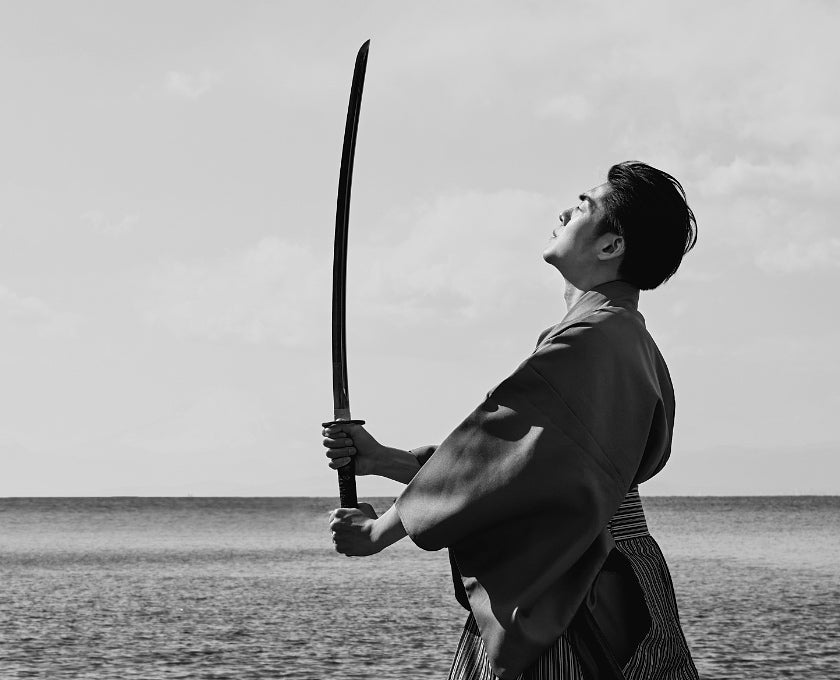
The Definitive Guide to Samurai Sword Lengths The Katana is arguably the most recognized sword in the world—curved, sleek, and steeped in centuries of samurai tradition. But for collectors, martial...
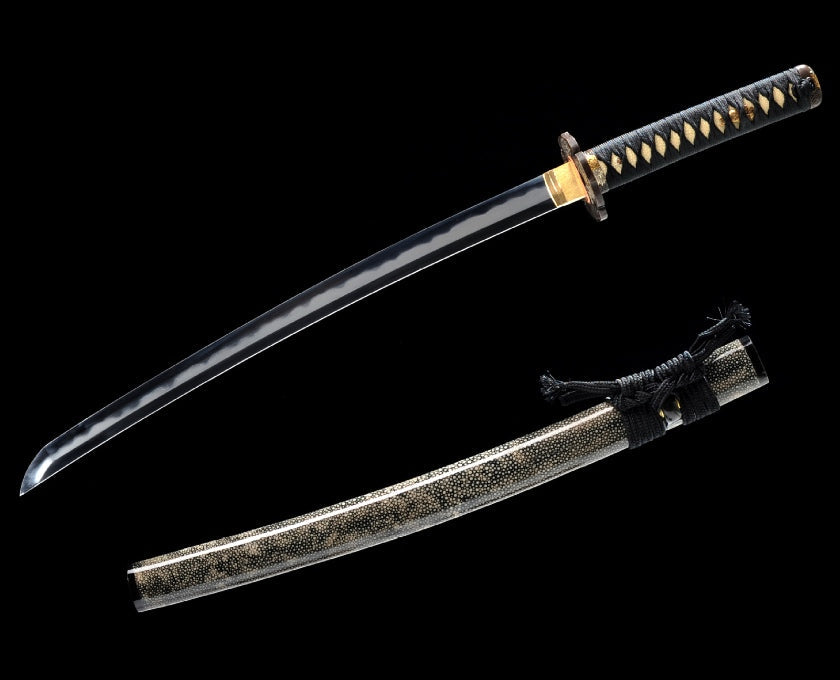
wakizashi’s not just a short katana. You’ve probably heard of the katana—everyone has. Long, curved, legendary. But what about the other one? The smaller katana. The blade that never left a samurai...
Shop katana
Our katana store offers a wide selection of japanese swords — from traditional katanas and anime-inspired designs to fully functional blades — featuring a variety of materials and craftsmanship to suit your preferences.

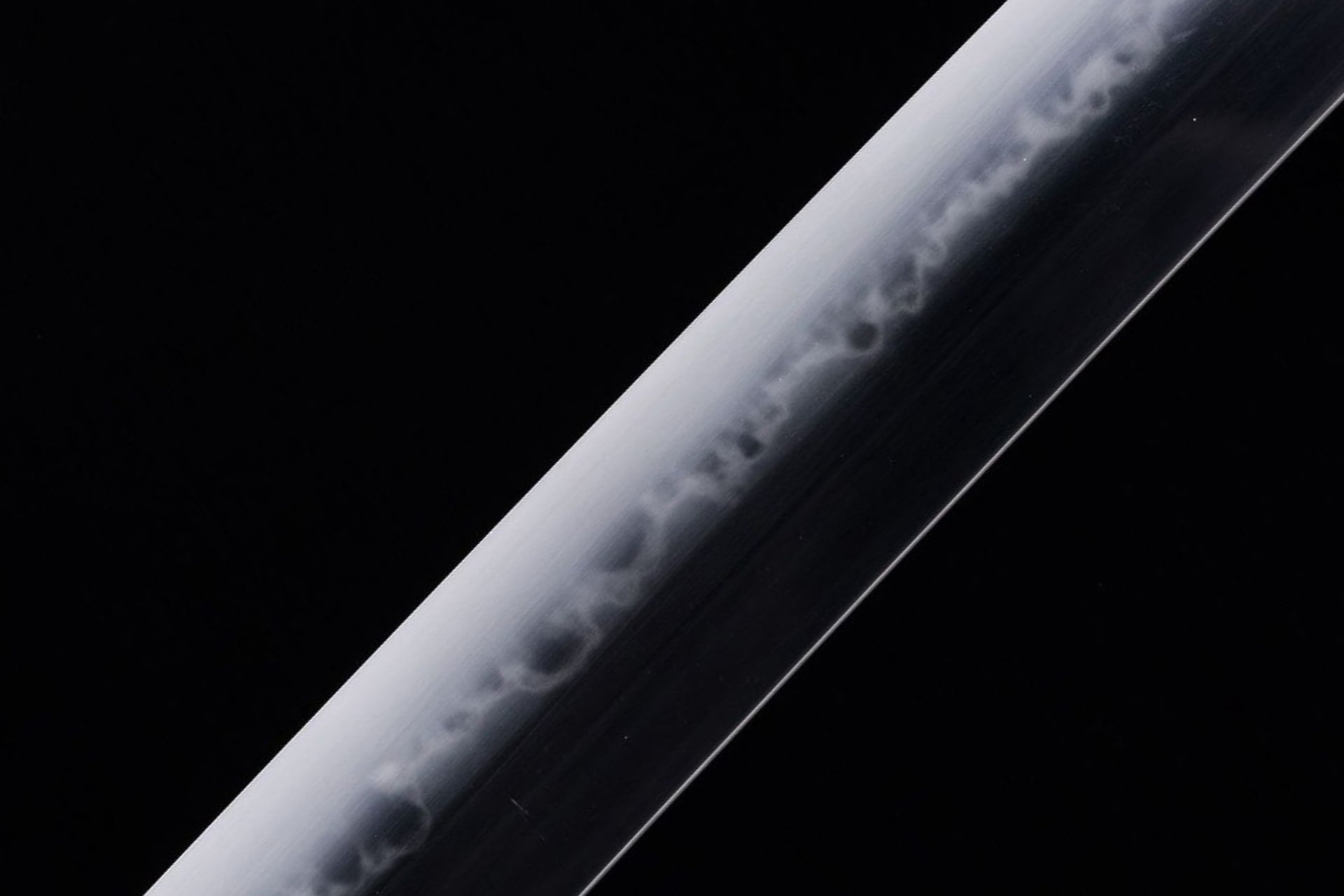
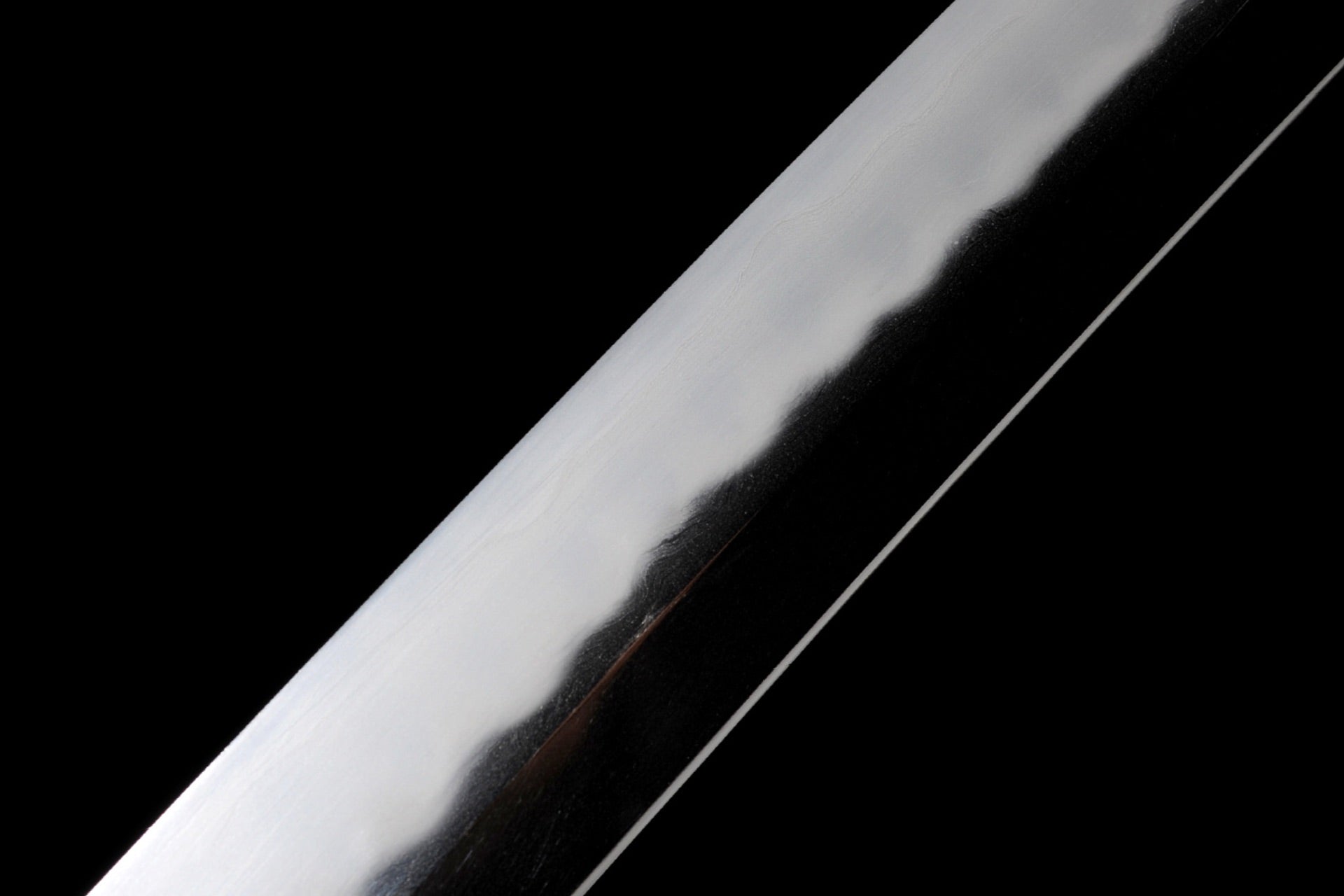
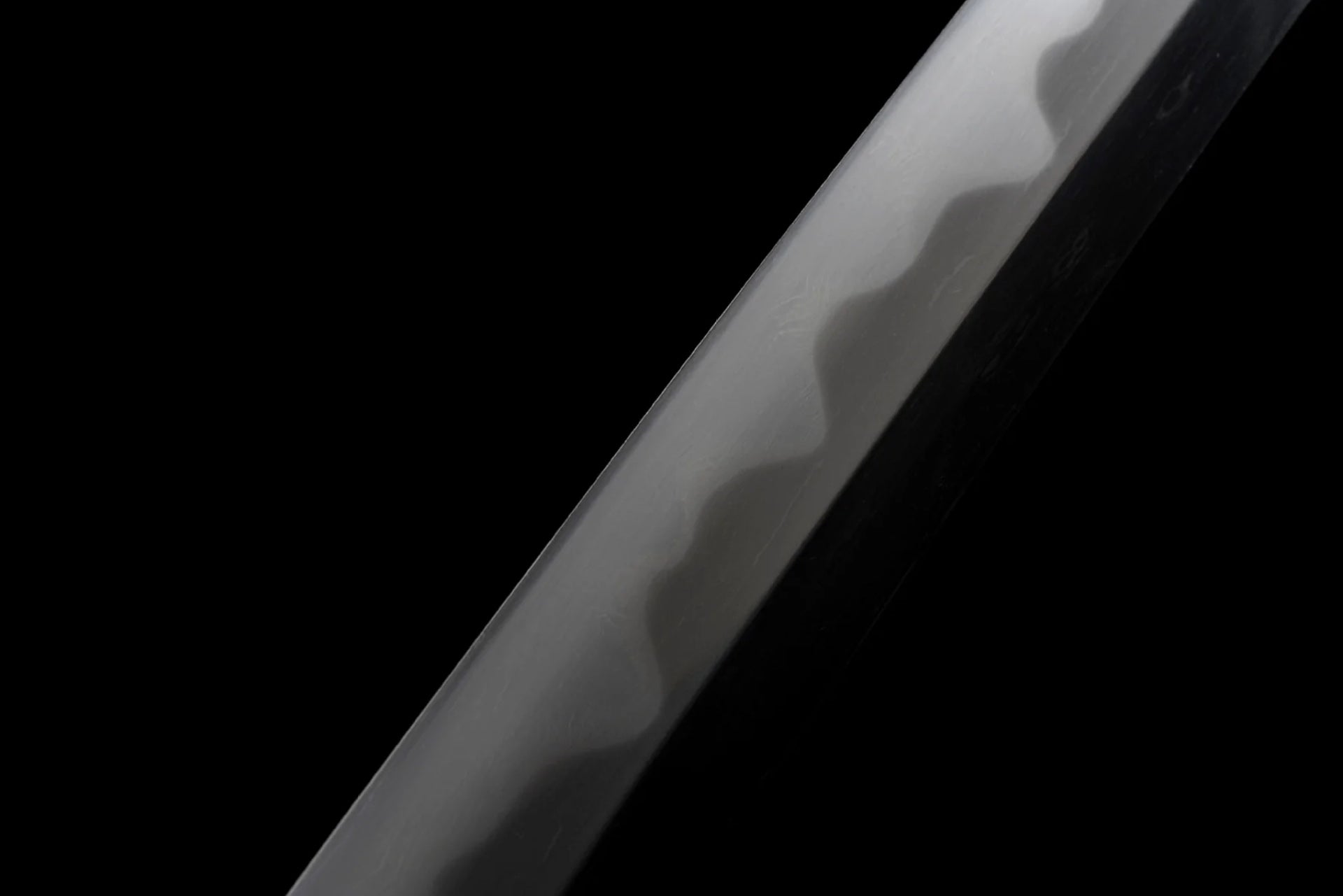
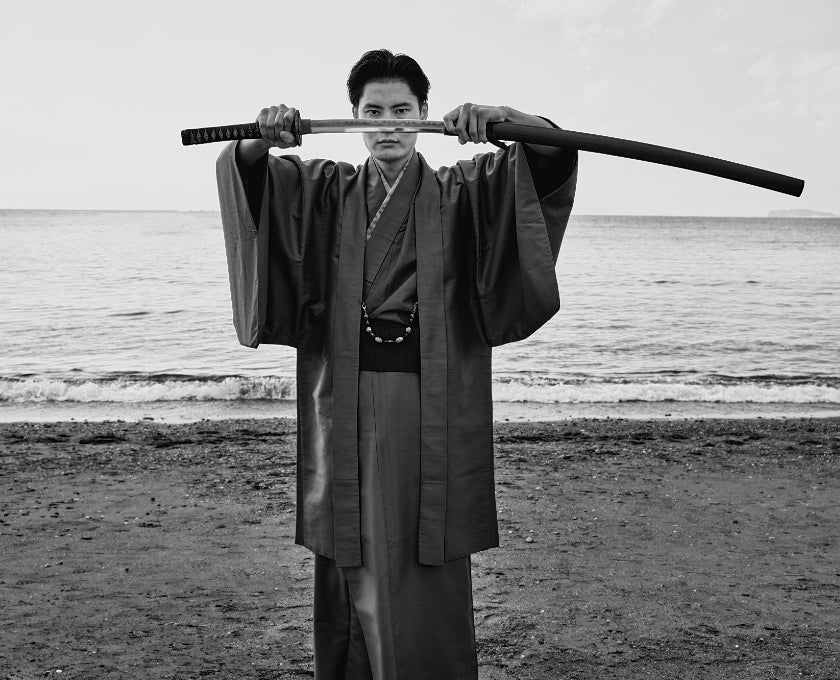
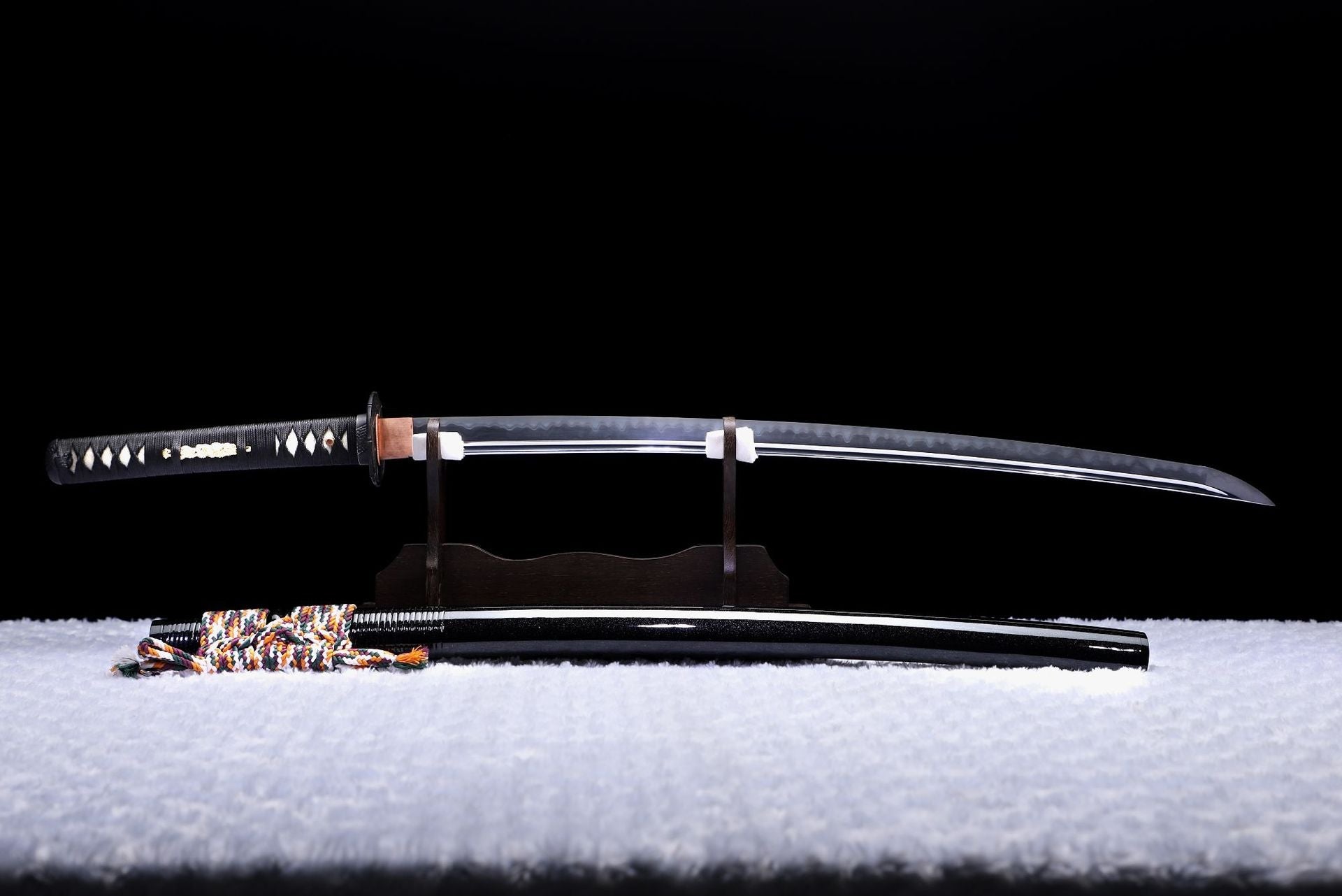
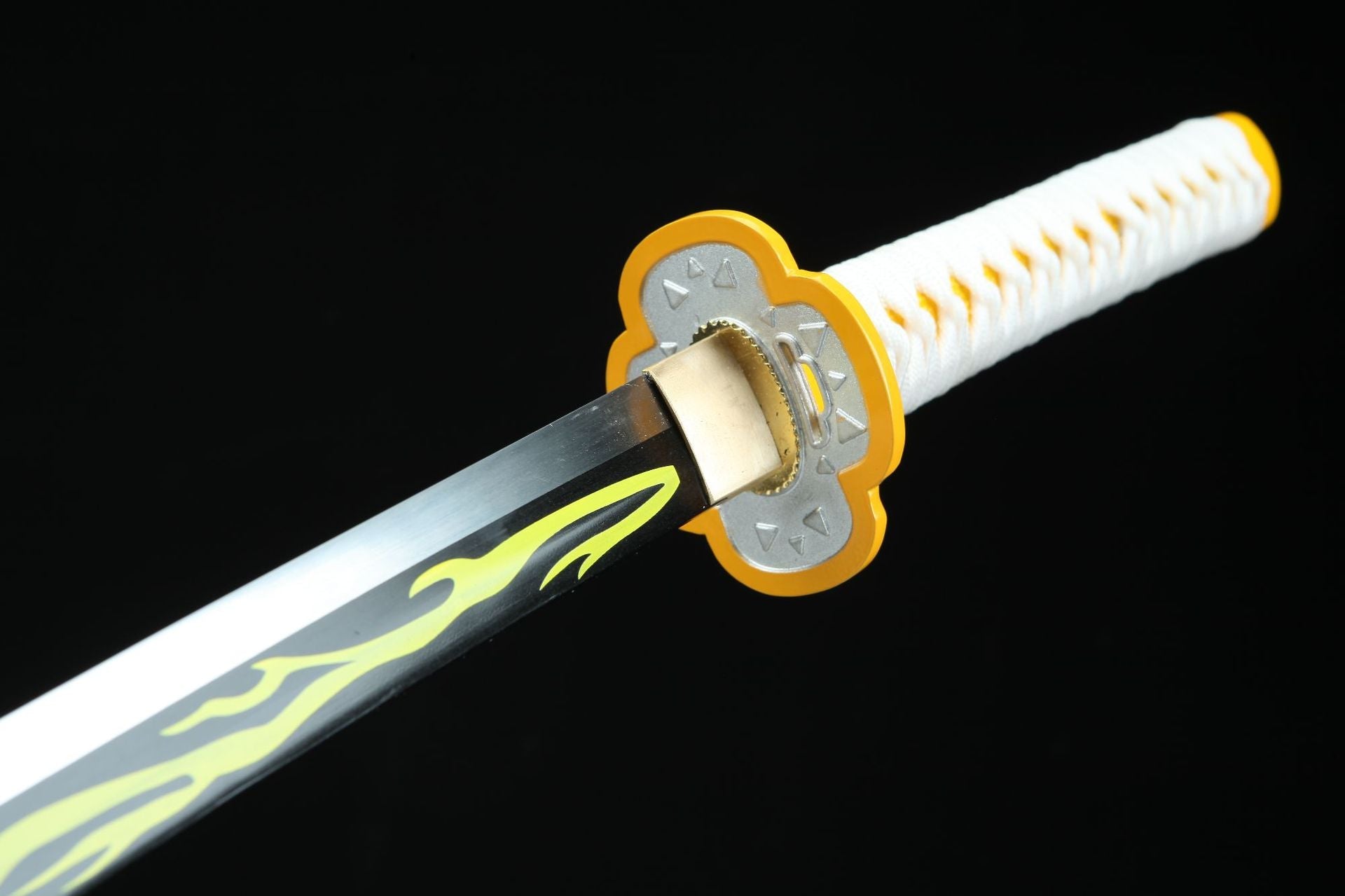
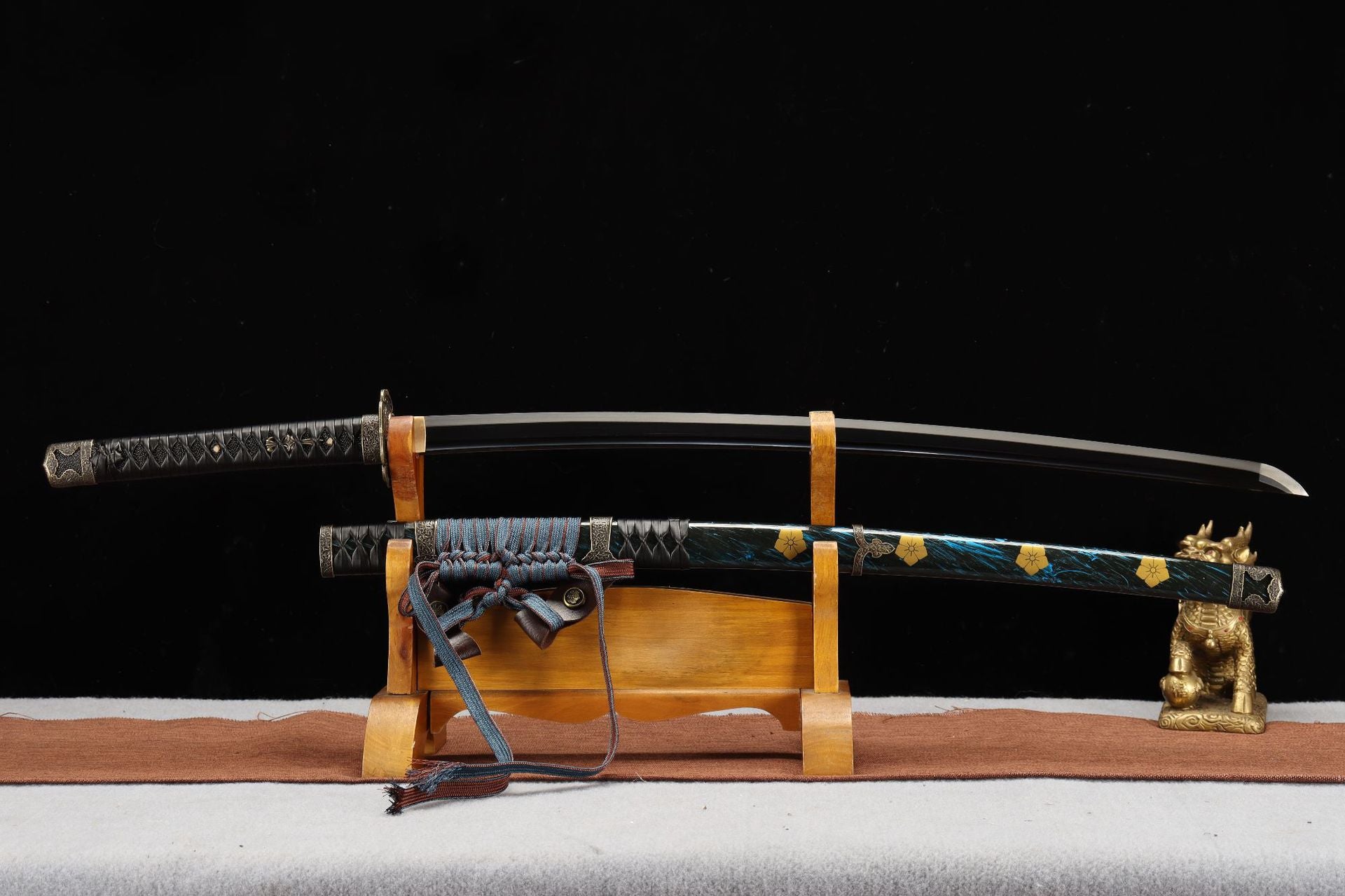
Leave a comment
All comments are moderated before being published.
This site is protected by hCaptcha and the hCaptcha Privacy Policy and Terms of Service apply.